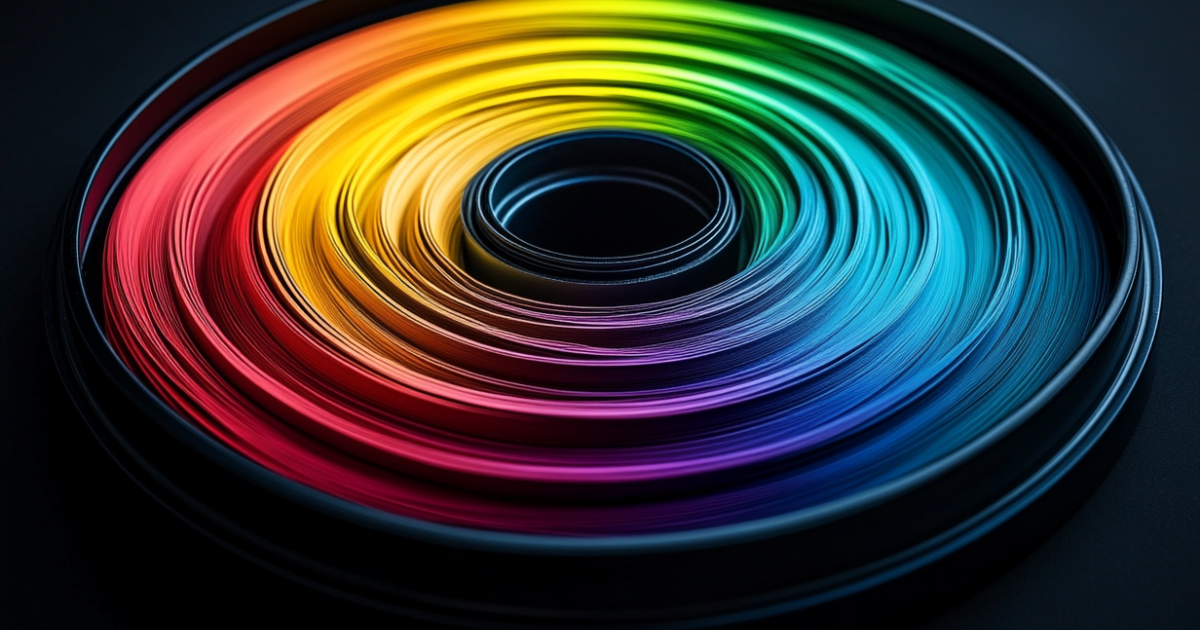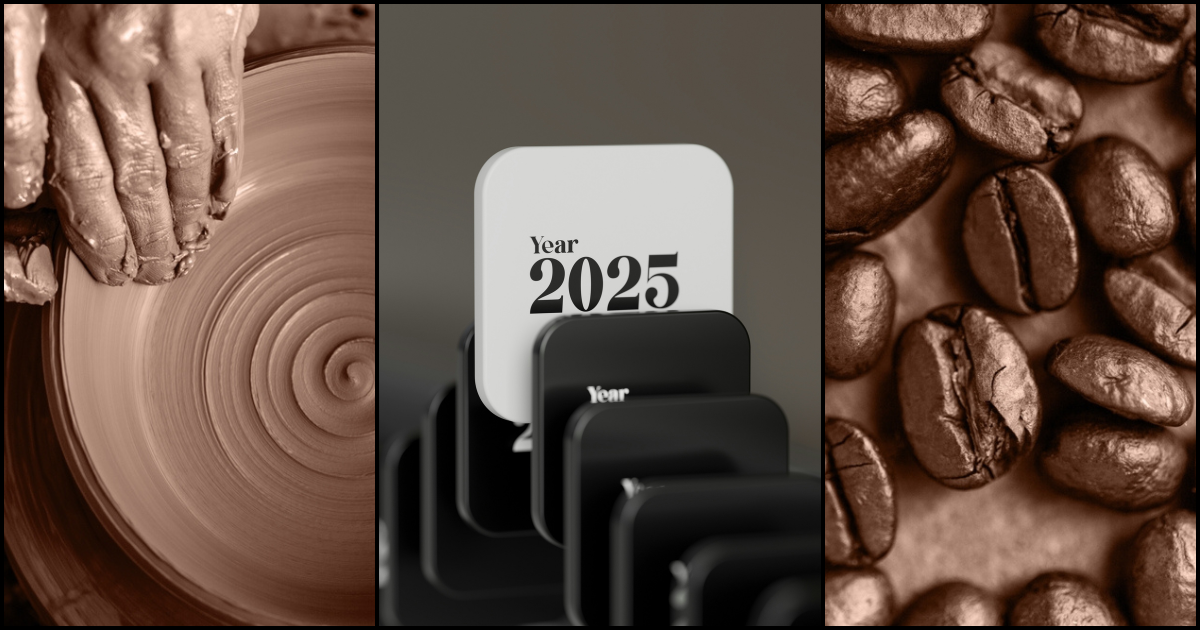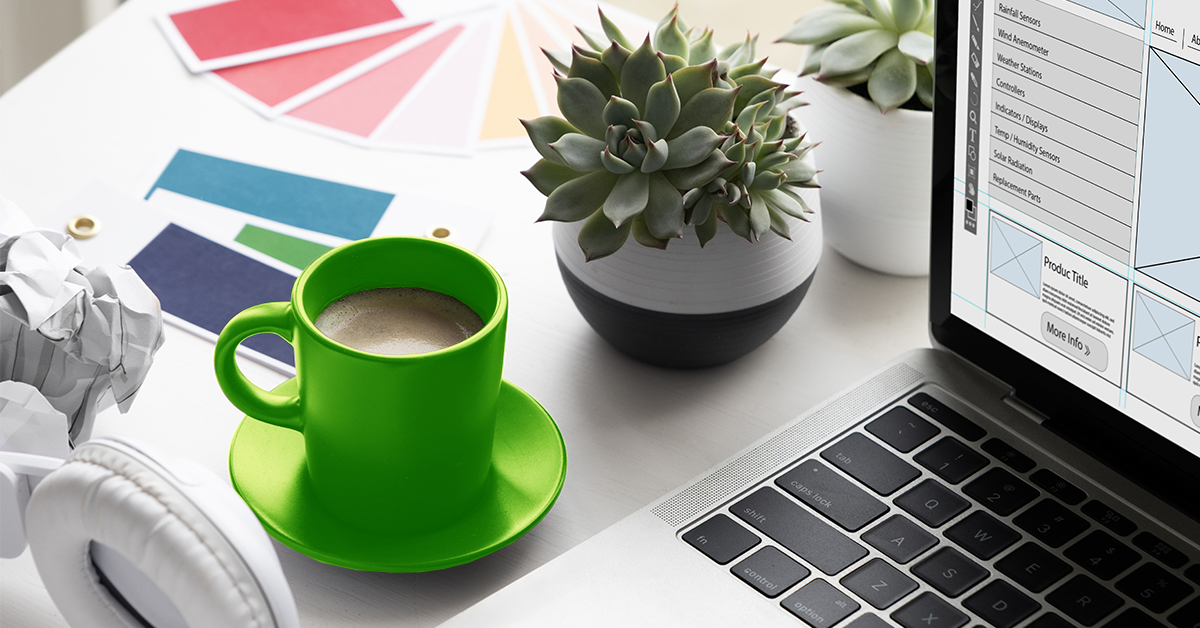Google’s Latest Update Pushes Us Into an AI-First SEO World
Every year we brace for Google updates, but the November 2025 rollout was different. It didn’t just adjust rankings or shuffle winners and losers. It...

Listen and Learn On The Go
Color is one of the most powerful tools in graphic design. It evokes emotions, creates brand identity, and influences consumer decisions. But behind every eye-catching design is a set of principles that guide color choices—this is where color theory comes in.
Color theory is the study of how colors interact, how they are perceived, and how they can be combined to create visual harmony. It provides designers with a framework for making strategic color choices that enhance communication and aesthetic appeal.
At the heart of color theory is the color wheel, a circular diagram that organizes colors based on their relationships. The primary colors (red, blue, and yellow) form the foundation, while secondary colors (green, orange, and purple) are created by mixing two primary colors. Tertiary colors, such as red-orange or blue-green, result from mixing a primary color with a secondary one.
Designers use color schemes to achieve balance and harmony in their work. Some of the most common include:
Variations of a single color (e.g., different shades of blue) to create a cohesive and subtle look.
Colors that sit next to each other on the color wheel (e.g., blue, green, and teal), often used for a smooth, natural feel.
Opposite colors on the wheel (e.g., blue and orange) that create strong contrast and high visual impact.
Three colors evenly spaced on the wheel (e.g., red, yellow, and blue) for a balanced yet vibrant effect.
Two complementary pairs (e.g., red/green and blue/orange) for a dynamic and rich color palette.
Colors don’t just look good—they also convey emotions and meanings. Understanding color psychology helps designers create visuals that resonate with their audience. Here’s a quick breakdown of common color associations:
Red – Passion, energy, urgency
Blue – Trust, professionalism, calmness
Yellow – Optimism, warmth, attention-grabbing
Green – Growth, nature, health
Purple – Luxury, creativity, wisdom
Black – Elegance, power, sophistication
White – Purity, simplicity, cleanliness
For businesses, color choice plays a crucial role in branding. Think of McDonald’s (red and yellow for excitement and hunger) versus Facebook (blue for trust and reliability). These selections aren’t random—they’re rooted in strategic color psychology.
To make the most of color in your designs, keep these best practices in mind:
Know your audience. Different cultures and demographics interpret colors differently, so research what works best for your target market.
Maintain contrast and readability. Text and background colors should have enough contrast to ensure legibility.
Stick to brand colors. A consistent color palette strengthens brand recognition and builds trust.
Use color to guide the eye. Bright or bold colors can highlight important elements like calls-to-action.
Test and refine. A/B testing different color combinations can help determine what resonates best with your audience.
Mastering color theory allows graphic designers to create compelling visuals that communicate messages effectively. Whether you're working on branding, marketing materials, or web design, understanding how colors work together ensures that your designs make an impact.
Need expert help in crafting visually stunning designs? Contact us today and let’s bring your vision to life!

Every year we brace for Google updates, but the November 2025 rollout was different. It didn’t just adjust rankings or shuffle winners and losers. It...

You’re driving traffic to your website, maybe even paying for ads, boosting posts, or grinding out SEO. But let’s be honest… if visitors are landing...

You’ve probably been there before… You launch a new landing page.You tweak a headline.You try a different image in your ad. And then you wait. You ...

Finding a skilled graphic designer can make all the difference in elevating your brand’s visual identity. Whether you need a new logo, marketing...

Each year, the Pantone Color Institute sets the tone for design, fashion, and branding by unveiling its highly anticipated Color of the Year. For...

Are You Hiring the Right Designer for the Job? If you’ve ever posted a design job and been flooded with portfolios—only to realize halfway through a...